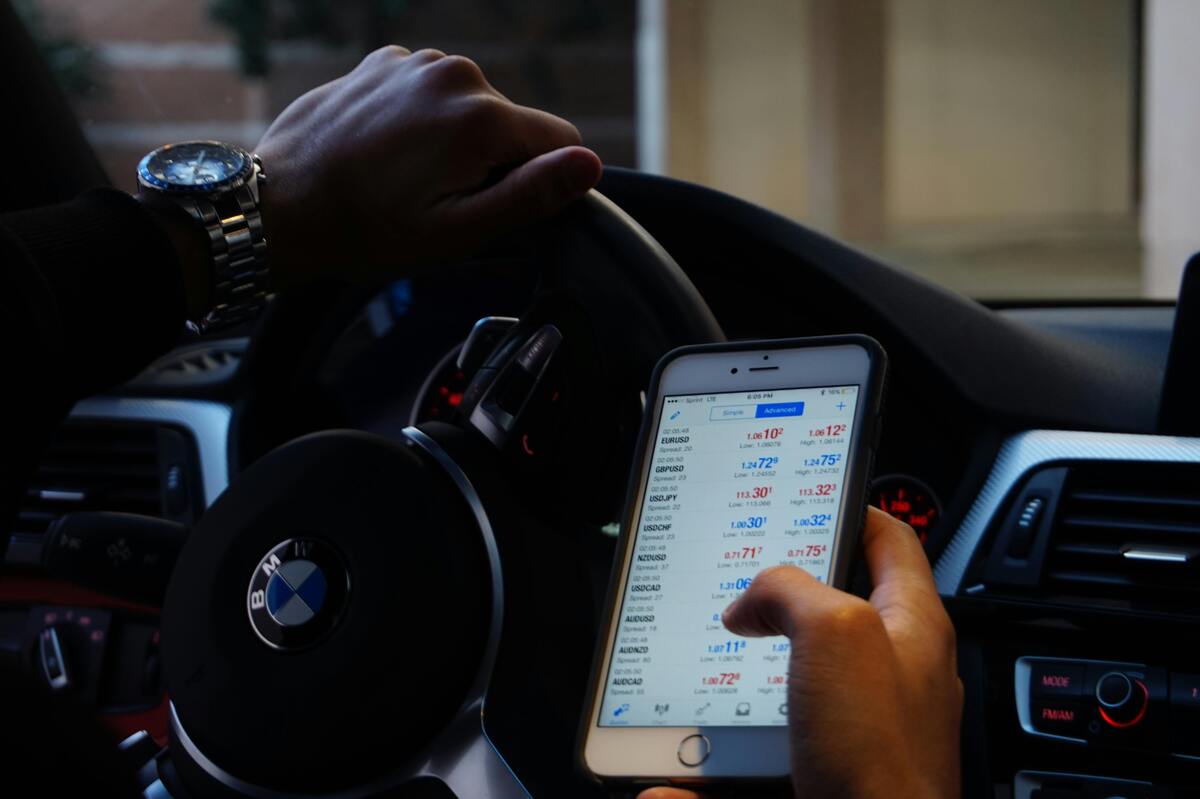If you’re new to forex trading, one of the first terms you’ll come across is pip. Traders often say things like “I made 50 pips today” or “The market moved 100 pips.” But what exactly is a pip in forex, and why does it matter so much to traders? Let’s break it down in simple terms.
What is a Pip in Forex?
A pip stands for “percentage in point” or “price interest point.” In forex trading, a pip is the smallest standard unit of price movement in a currency pair.
For most currency pairs, one pip equals 0.0001 (also called one basis point).
👉 Example: If EUR/USD moves from 1.1000 to 1.1001, that’s a movement of 1 pip.
Some pairs that involve the Japanese yen (like USD/JPY) are quoted differently, where 1 pip equals 0.01 instead of 0.0001.
Why are Pips Important in Forex?
Pips are important because they help traders measure:
- Price movement → How far the market has moved.
- Profits and losses → Your gains or losses are calculated in pips.
- Risk management → Traders set stop-loss and take-profit levels in pips to control their trades.
For example: If you buy GBP/USD at 1.2500 and sell at 1.2550, you’ve made a 50-pip profit.
What is Pip Value?
While a pip measures movement, the pip value tells you how much money one pip is worth depending on:
- The currency pair you’re trading.
- Your lot size (micro, mini, or standard).
- The exchange rate at the time.
👉 For a standard lot (100,000 units), one pip is usually worth $10.
👉 For a mini lot (10,000 units), one pip equals $1.
👉 For a micro lot (1,000 units), one pip equals $0.10.
This is why new traders often start with micro or mini lots to manage risk.
Pipettes – Going Even Smaller
Some brokers quote prices with an extra decimal place, known as a pipette.
-
Example: EUR/USD = 1.10005
Here, the last digit “5” is a pipette, which equals one-tenth of a pip.
This helps with more precise pricing and tighter spreads.
Final Thoughts
Understanding what a pip in forex is is the foundation of successful trading. Every strategy, from scalping to swing trading, relies on measuring pips for profit targets and risk management.
If you’re just starting, focus on:
- Learning how to calculate pip values.
- Using pips to set realistic stop-loss and take-profit levels.
- Practicing with a demo account until you’re comfortable.
Remember, in forex trading, every pip counts — and over time, those small movements can add up to big results.
